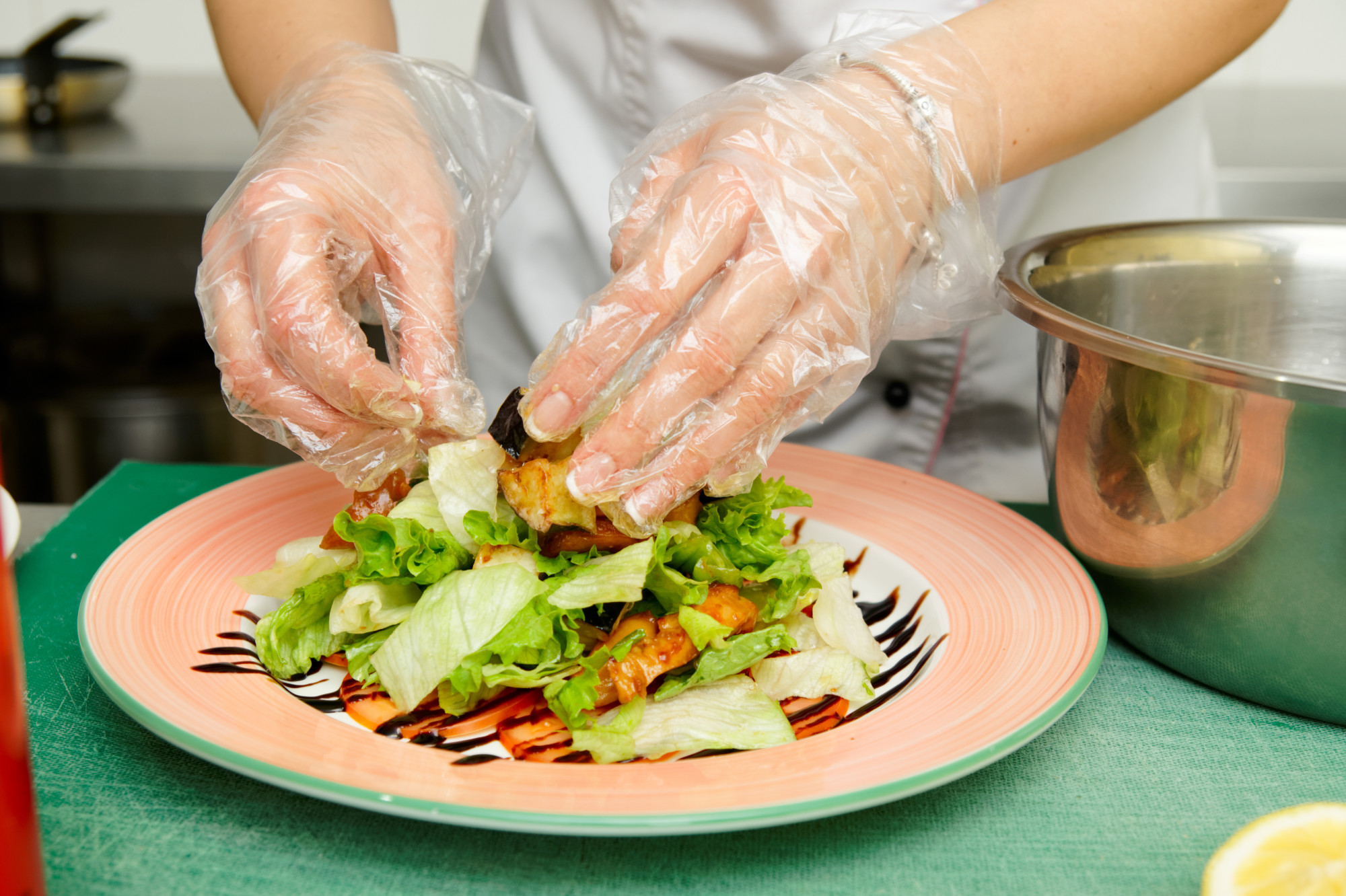
2020 has proven a trying year and has forced many of us to consider either working from home or starting a business. For some, that business plan involved food or food products. Whether by curating local products or creating things from scratch to sell online, selling food can be a lucrative business.
However, to conduct that business safely and legally, you must have proper food safety plans. Don’t let your business add to the 48 million Americans who get sick from foodborne illness every year. Here’s how to develop a proper food safety plan today.
What is a Food Safety Plan?
A food safety plan is, as the name suggests, a plan to ensure that the food you serve your clients is safe to eat. It is a series of documents required by the FSMA for companies over 500 employees large that cook, serve, distribute, or process food. You must sign and date it at inception, then renew and review it every 3 years.
What is the FSMA?
The FSMA or Food Safety Modernization Act is a recent piece of legislation by the FDA that revitalizes national food safety practices. The FDA used to be reactive in cases of food-borne illness. That meant that many Americans got sickened, hospitalized, or died as a result of completely preventable disease.
With the FSMA, the FDA focuses on proactivity, or stopping foodborne illnesses at their many potential sources. That’s why it’s critically important for each step of the food supply chain to ensure they’re compliant and up to date with FDA regulations.
What Do Food Safety Plans Contain?
At their core, food safety plans consist of five documents. These five documents contain the following information:
- Hazard Analysis: a basic analysis of any known or likely food safety hazards
- Updated Hazard Controls: a list of ways in which you can control or mitigate the risk of these hazards
- Proper Monitoring Policies: a series of checks to ensure the hazard controls are implemented correctly and safely
- Corrections: documents detailing the consequences for failure to adhere to the processes
- Verification: the most crucial, and most often overlooked element which ensures all the above processes are consistent and effective
We’ll break each of these down individually to offer more in-depth analysis on what you should have in each document.
Hazard Analysis
The name clearly states what the hazard analysis document is. What it should contain depends on the type of business you run and what food products you sell.
Some hazards that every food business should be aware of include:
- Improper food handler hygiene
- Cross-contamination
- Improper packaging
- Improper storage
Improper Food Handler Hygiene
As a concept, this is simple enough. If those handling your food don’t clean themselves properly, any illnesses they have can transfer to the food they’re working with. This is one of the main sources of foodborne illness.
Cross-Contamination
It should go without saying that you shouldn’t touch something else with meat juice on your hands. However, cross-contamination remains a leading contributor to food safety issues.
Improper Packaging
Even if the food is well-handled, if it’s not properly sealed, the elements can get in. No one wants bugs or rodent germs in their food. Nor do they want mold or mildew spores in their dried goods.
Improper Storage
This goes hand in hand with the above, but you need to ensure your food is stored properly during every step of the supply chain. If something must be kept cold to avoid spoilage, are you shipping it through the proper channels? If something must be kept completely dry, is it sent in a properly-insulated truck or package?
Other Common Hazards
These will vary from business to business. If you sell anything involving meat, for example, was the meat cooked to the appropriate internal temperature? Were your preserves or other canned goods canned properly? Do you work with common food allergens that people should know about?
Once you have a list of all of your known potential hazards written down, it’s time to move on to the next step.
Updated Hazard Controls
Since the start of the COVID-19 pandemic, many food businesses, home-based and non, have had to revamp their entire food safety process. Controlling the spread of viruses and illness through food is paramount to public health and safety, especially right now.
So, with potential hazards identified, how can you control them? It depends on the hazard in question.
If the safety risk in question involves worker hygiene, having them wear gloves and hairnets is a common control measure. If it involves cross-contamination, gloves and frequent hand-washing might be in order. If ingredients or the dish as a whole must stay at a certain temperature to be safe to eat, then ensuring the relevant machines get maintained would be advisable.
To control hazards involved in areas that you have no direct control over, such as risks in the supply or logistics chain, you can reach out to the relevant authorities with each group. That way, you can ensure compliance to your standards.
Proper Monitoring Policies
Monitoring machine temperatures at regular intervals and ensuring that everything in a fridge or freezer gets dated upon storage is easy. Ensuring the human element of food preparation follows proper procedures is not.
Larger businesses have the benefit of security cameras to watch their employees work. However, smaller businesses might have to rely on word of mouth.
One way to handle this on a person-to-person level is by implementing a ‘see something, say something’ approach. This means that if an employee sees someone doing something dangerous or wrong, they can either offer corrections themselves, or fetch an authority to do so.
Corrections
Essentially, these documents detail what your business should do when any of the above fail. If a refrigerator, stove, freezer, or another relevant piece of kitchen machinery fails, there needs to be a plan of action. Known repairman numbers and recorded dates and times of the failure are possible examples.
With the human element, any corrective counseling should be recorded in writing, regardless. This is especially true when the warning gets issued over health and safety violations.
How stringent you wish to be when you discover a non-compliant employee is up to you. However, given the hefty legal fees that can result from someone getting sick from your food, lenience may not be the best policy.
Verification
As mentioned above, this is one of the most crucial, but most often overlooked steps of any food safety plan. Having a process in place is all well and good. However, if said process is not regularly monitored or audited, then you have no way of knowing if it’s being followed.
Many restaurants face verification in the form of visits from the local food inspector. You can conduct surprise inspections on your own to ensure that your staff is compliant with your food safety plans.
Auditing the contents in your refrigerated section by double-checking all the dates can help prevent most cases of food poisoning. You might also benefit from auditing the records of your temperature checks. You’d be surprised how many times those records slip by the wayside.
Why Does This Matter?
As stated above, the FSMA only requires the above documentation if your company is 500 employees or above. However, everyone should adhere to food safety standards, not just larger companies.
Even if you run a home business, not complying with federal food safety standards results in hefty fines from the government. It can also result in the potential loss of licensure and business closure. That’s not even touching on the seizure of all your assets in the event of a food-related death that’s linked back to you.
Ideally, you should care enough as a business owner and a human being not to want others to get sick eating your food. However, if for no other reason than preserving your bottom line, you need to adhere to food safety guidelines, big business or small.
So, If You Want to Sell Food from Home
Remember, selling food from your home can be a lucrative business if you research your market properly. However, if you don’t have proper food safety plans in place, or don’t ensure you have all the proper documentation, you can expect to pay a mountain of legal fees. Do your research, stay prepared, and stay safe.
If you’d like to read more content like this, feel free to check out our blog for more food-based articles!









